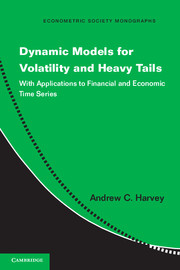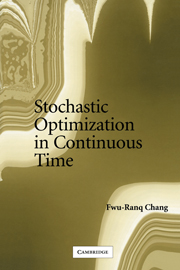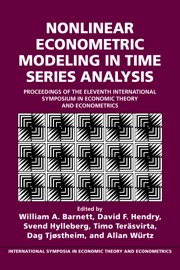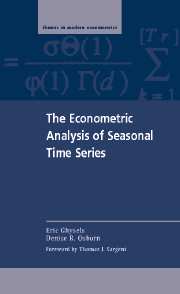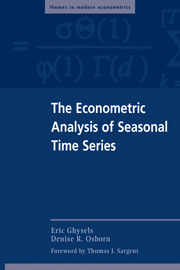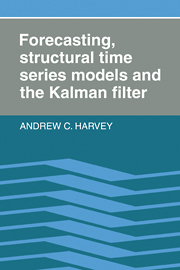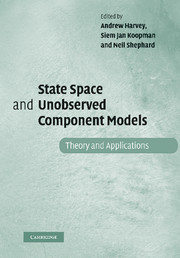Dynamic Models for Volatility and Heavy Tails
The volatility of financial returns changes over time and, for the last thirty years, Generalized Autoregressive Conditional Heteroscedasticity (GARCH) models have provided the principal means of analyzing, modeling and monitoring such changes. Taking into account that financial returns typically exhibit heavy tails - that is, extreme values can occur from time to time - Andrew Harvey's new book shows how a small but radical change in the way GARCH models are formulated leads to a resolution of many of the theoretical problems inherent in the statistical theory. The approach can also be applied to other aspects of volatility. The more general class of Dynamic Conditional Score models extends to robust modeling of outliers in the levels of time series and to the treatment of time-varying relationships. The statistical theory draws on basic principles of maximum likelihood estimation and, by doing so, leads to an elegant and unified treatment of nonlinear time-series modeling.
- A new self-contained statistical theory for time series models of volatility
- Applies more generally to many aspects of nonlinear time series modeling
- Relevant to applied work in finance, macroeconomics and other disciplines that deal with the analysis and modeling of time series
Reviews & endorsements
"It offers a comprehensive view of DCS models and is self-contained in that it includes the necessary statistical theory for understanding and applying them. Empirical examples help the reader appreciate the potential of these models."
Journal of Economic Literature
"Besides being invaluable to researchers in time series, the book will be of immense help to practitioners, particularly in the fields of econometrics and finance."
Sugata Sen Roy, Mathematical Reviews
Product details
April 2013Paperback
9781107630024
278 pages
228 × 152 × 17 mm
0.39kg
43 b/w illus. 14 tables
Available
Table of Contents
- 1. Introduction
- 2. Statistical distributions and asymptotic theory
- 3. Location
- 4. Scale
- 5. Location/scale models for non-negative variables
- 6. Dynamic kernel density estimation and time-varying quantiles
- 7. Multivariate models, correlation and association
- 8. Conclusions and further directions.

